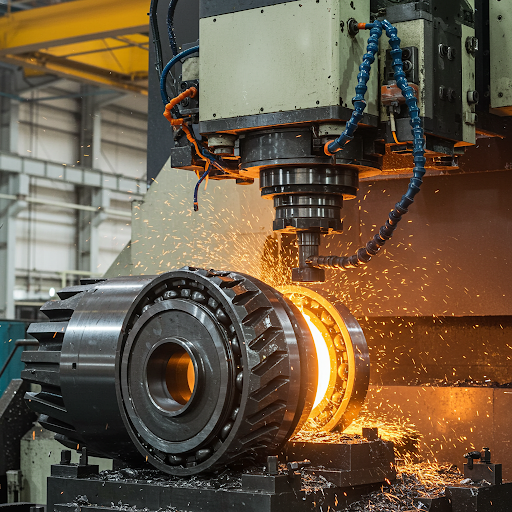Raw Material Handling
At Active Steel Forge, we recognize that the foundation of…

At Active Steel Forge, we recognize that the foundation of…

At Active Steel Forge, we offer advanced heating facilities designed…

Experience unmatched cutting precision and efficiency with our advanced cutting…

At Active Steel Forge, our advanced forging facilities offer unmatched…

At Active Steel Forge, we specialize in providing advanced heat…

Experience unmatched precision and superior quality with our advanced CNC…

12 min Read
Steel forging, the art of shaping metal through the application of heat and pressure, is a cornerstone of modern manufacturing. From the intricate components of aerospace engines to the robust frames of heavy machinery, forged steel finds its place in countless applications. However, this seemingly straightforward process presents a unique set of challenges that require careful consideration and innovative solutions to ensure the production of high-quality components.
Addressing these challenges requires a multi-pronged approach:
Steel forging remains a vital process in modern manufacturing, enabling the production of high-quality components for a wide range of applications. By understanding the challenges associated with steel forging and implementing innovative solutions, manufacturers can overcome these obstacles and produce components that meet the highest standards of quality, performance, and reliability.
Get in touch with our experts today
